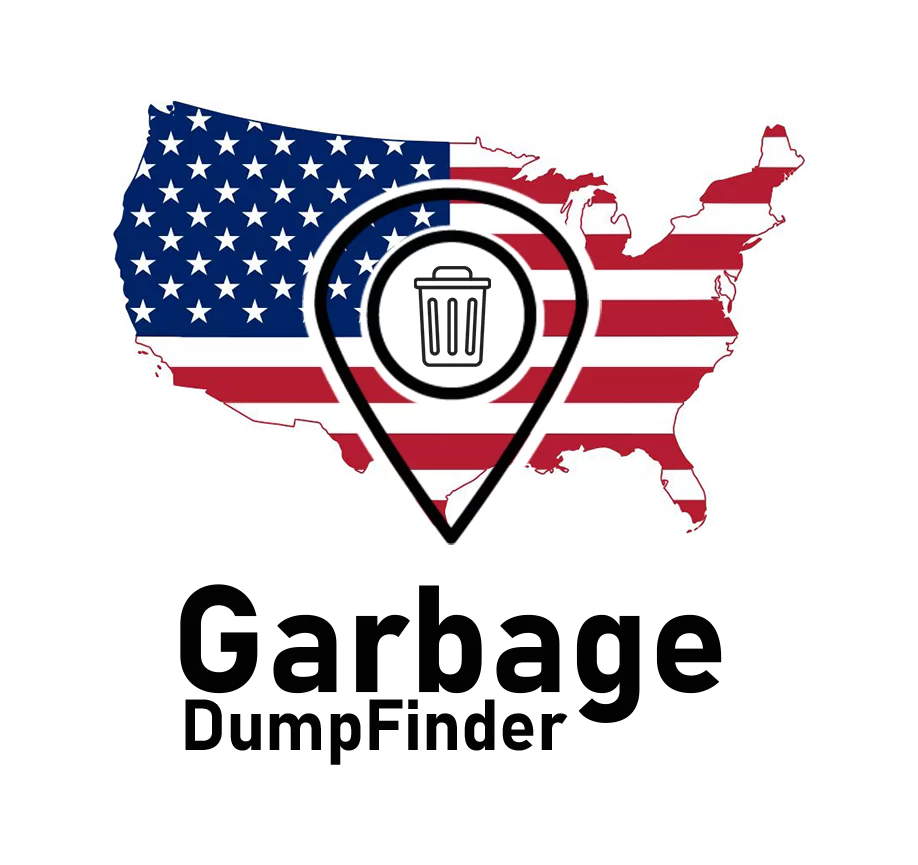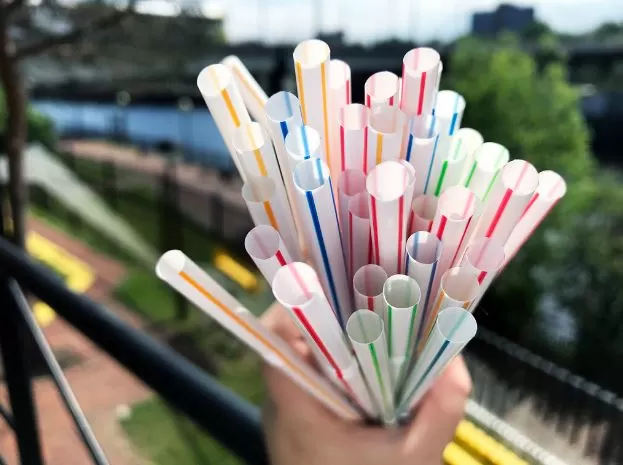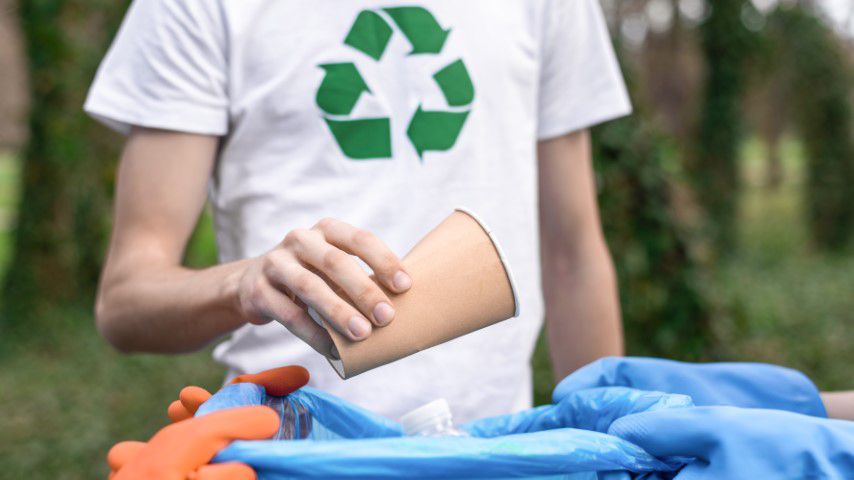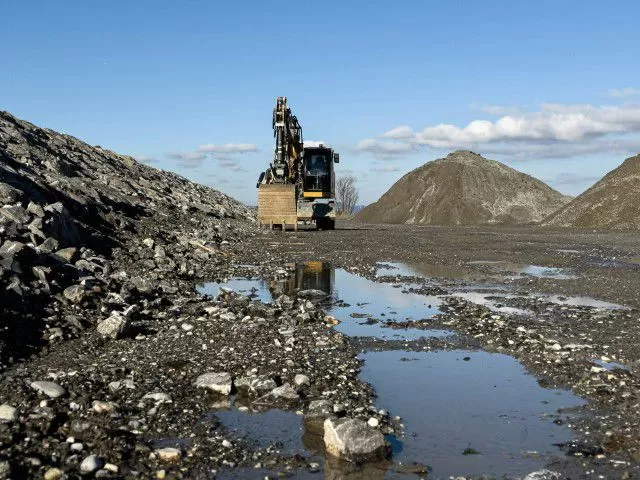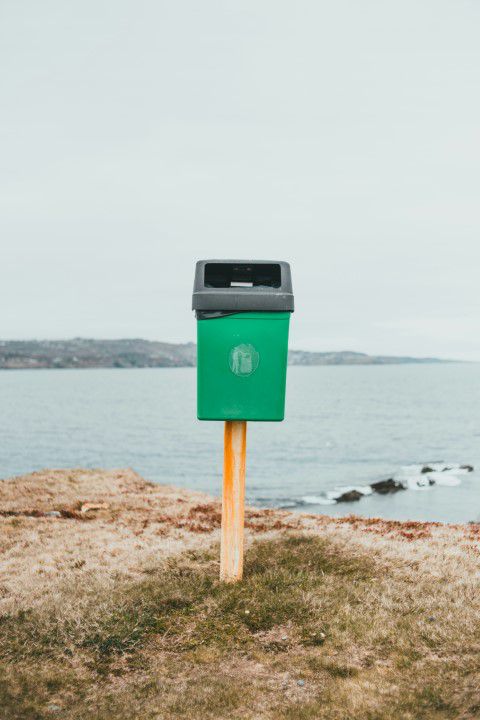
Imagine a world where the contents of your trash bin shrink down to nearly nothing—no more overflowing garbage cans or weekly treks to the curb. This is the vision of the zero waste movement, a lifestyle that aims to reduce the amount of waste sent to landfills and incinerators to as close to zero as possible. But is this an achievable goal for the average American household? Let’s explore what zero waste means, the challenges it presents, and whether it’s a realistic target for households across the United States.
What is Zero Waste?
Zero waste is more than just a trendy buzzword; it’s a philosophy and a set of practices aimed at reducing waste at its source. The goal is to move away from the traditional linear economy—where products are made, used, and then disposed of—toward a circular economy, where materials are reused, recycled, or composted, minimizing the need for landfills and incineration.
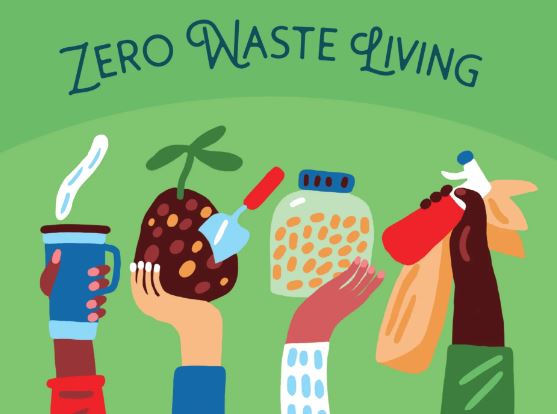
In practical terms, zero waste means making conscious decisions about what we consume, prioritizing reusable over disposable items, and finding ways to repurpose or recycle materials rather than throwing them away. The mantra of the movement can be summed up in the five R’s: Refuse, Reduce, Reuse, Recycle, and Rot (compost).
The Appeal of Zero Waste
The appeal of zero waste is obvious. By reducing the amount of trash we generate, we can decrease our environmental footprint, conserve resources, and cut down on pollution. For many, the movement also represents a pushback against the consumerism that drives much of our waste production. Adopting a zero waste lifestyle can lead to a simpler, more mindful way of living, with a greater focus on quality over quantity.
Moreover, zero waste has gained traction as a way to address some of the most pressing environmental issues of our time, such as climate change, ocean pollution, and the depletion of natural resources. By rethinking how we use and dispose of materials, zero waste advocates argue, we can make a significant impact on the health of the planet.
Challenges to Achieving Zero Waste in American Households
While the benefits of zero waste are clear, the reality of implementing it in the average American household is more complex. Several challenges stand in the way of widespread adoption, making it a difficult goal to achieve for many.
1. Consumer Culture and Convenience
One of the biggest hurdles to achieving zero waste is the deeply ingrained consumer culture that dominates American society. From fast food to fast fashion, convenience is king. Single-use plastics, disposable packaging, and cheap, mass-produced goods are ubiquitous, and for many people, they’re simply easier and more affordable than sustainable alternatives.

Changing these habits requires not only a shift in mindset but also a willingness to invest time and money in sustainable practices. For example, shopping at bulk stores, carrying reusable bags, and avoiding packaged goods are all key strategies for reducing waste, but they can be inconvenient or more expensive for families on tight budgets or with busy schedules.
2. Limited Access to Resources
Access to zero waste resources is another significant challenge. Not every community has bulk stores, farmers’ markets, or recycling facilities that accept a wide range of materials. In rural areas or smaller towns, these options may be limited or nonexistent, making it difficult for residents to adopt zero waste practices fully.
Additionally, composting—a crucial component of zero waste—isn’t always feasible for everyone. While many urban areas now offer curbside composting, those living in apartments or areas without such services may struggle to find a place to compost their organic waste.
3. Complexity of Recycling
Recycling is a cornerstone of the zero waste movement, but it’s not as straightforward as it seems. Recycling rules vary widely from one municipality to another, and contamination—such as placing non-recyclable items in the recycling bin—can render entire batches of recyclables unusable. Furthermore, many materials that people assume are recyclable, like certain plastics or mixed-material items, may not be accepted by local facilities.
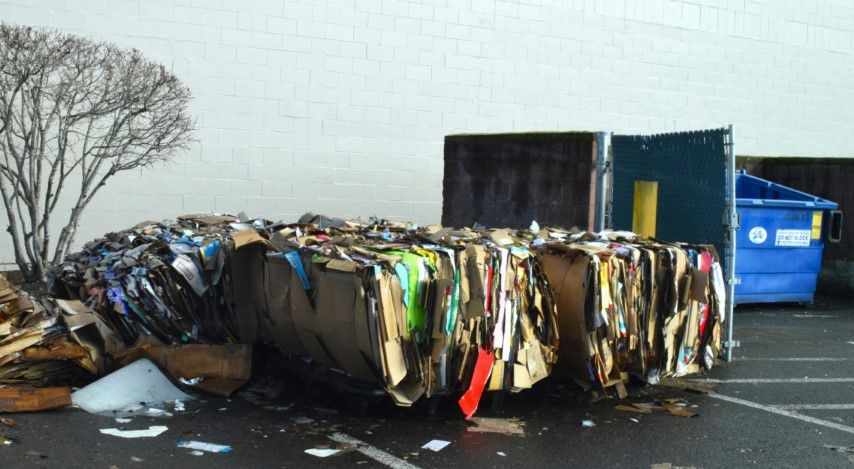
The complexity and inconsistency of recycling programs can lead to confusion and frustration, making it challenging for households to minimize their waste effectively.
4. Initial Costs
Transitioning to a zero waste lifestyle often involves upfront costs that can be prohibitive for some households. Reusable items like stainless steel containers, beeswax wraps, cloth napkins, and durable shopping bags may require an initial investment that isn’t immediately feasible for everyone, especially those on a tight budget. Over time, these items can save money by reducing the need to purchase disposables, but the initial cost can be a barrier.
Strategies for Moving Toward Zero Waste
Despite these challenges, there are practical steps that American households can take to move closer to a zero waste lifestyle. It’s important to remember that zero waste is a journey, not an all-or-nothing proposition. Every small change adds up, and even partial adoption of zero waste practices can make a significant difference.
1. Start Small
Rather than attempting to overhaul your entire lifestyle overnight, start with small, manageable changes. For example, begin by refusing single-use plastic straws and bags, or commit to bringing a reusable water bottle with you wherever you go. Once these habits are established, you can gradually expand your efforts to include more areas of your life.
2. Focus on the Five R’s
The five R’s of zero waste—Refuse, Reduce, Reuse, Recycle, and Rot—offer a straightforward framework for reducing waste.
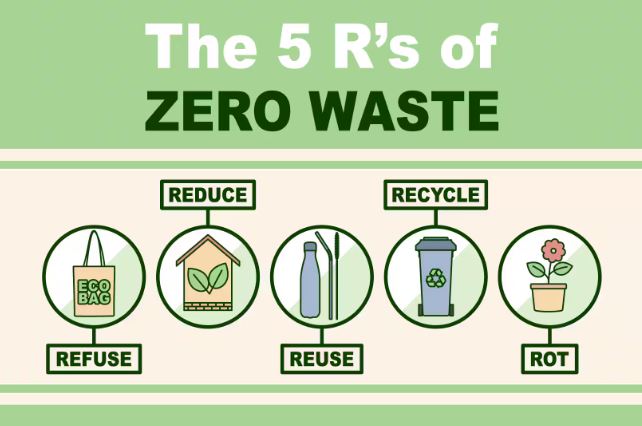
Refuse items you don’t need, reduce your consumption of products with excessive packaging, reuse items whenever possible, recycle what you can’t refuse or reuse, and compost organic waste. By applying these principles consistently, you can significantly decrease the amount of waste your household produces.
3. Educate Yourself and Your Family
Understanding the intricacies of waste management is crucial for successfully adopting a zero waste lifestyle. Take the time to learn about your local recycling program, discover where you can buy in bulk, and explore options for composting. Educating your family about these practices will help ensure everyone is on board and motivated to contribute.
4. Support Policy Changes
Individual actions are important, but systemic change is necessary to make zero waste a feasible goal for all households. Support policies and initiatives that promote waste reduction, recycling, and sustainable packaging. By advocating for better infrastructure and regulations, you can help create an environment where zero waste is more accessible and achievable for everyone.
Conclusion: Is Zero Waste Feasible?
Is zero waste a feasible goal for American households? The answer depends on various factors, including access to resources, financial means, and willingness to change long-standing habits. While achieving absolute zero waste may be challenging for most households, significant progress can still be made by adopting zero waste principles. Every step toward reducing waste, no matter how small, contributes to a healthier planet and a more sustainable future.
By embracing the zero waste mindset and making incremental changes, American households can move closer to the goal of zero waste, proving that even in a consumer-driven society, it is possible to live more sustainably.
Sources

Peter Lars has long been an advocate for reusing and recycling whenever you can. He has a passion for writing about every related to landfills and garbage dumps, and unlikely as that may seem.
Landfill Art: How Artists are Turning Trash into Creative Masterpieces
In a world where waste is often viewed as nothing…
Plastic Perils: How Single-Use Plastics are Filling Up America’s Landfills
Single-use plastics, those convenient yet disposable items like straws, bags,…
The History of Landfills in America: How Waste Management Evolved Over the Decades
The history of landfills in America is a fascinating journey…
The Circular Economy: Can It Solve America’s Landfill Problem?
As America grapples with its mounting landfill crisis, the concept…
Landfill Legacy: The Environmental Justice Issues Surrounding Waste Disposal in America
In the United States, the legacy of landfills is more…
The Role of Landfills in Climate Change: What Americans Need to Know
When we think about climate change, images of smokestacks, deforestation,…
